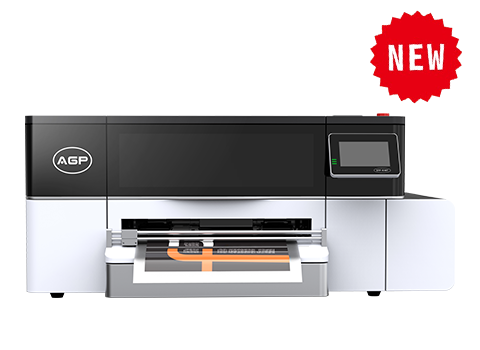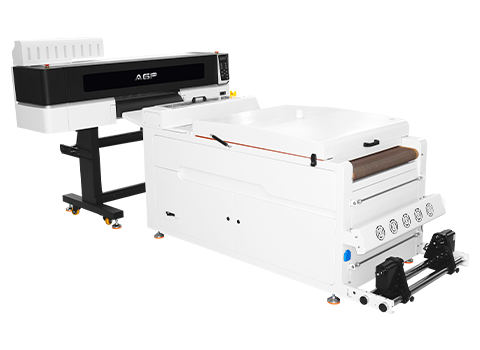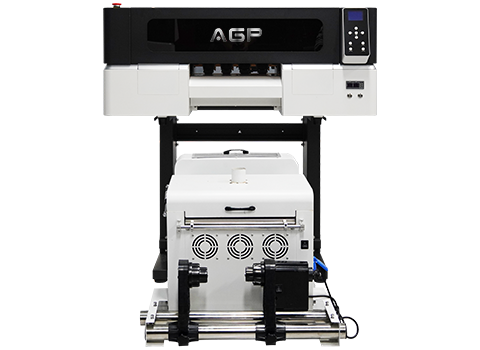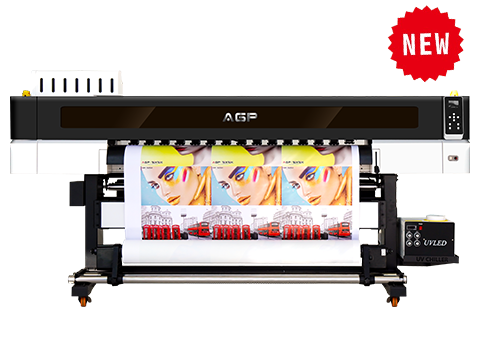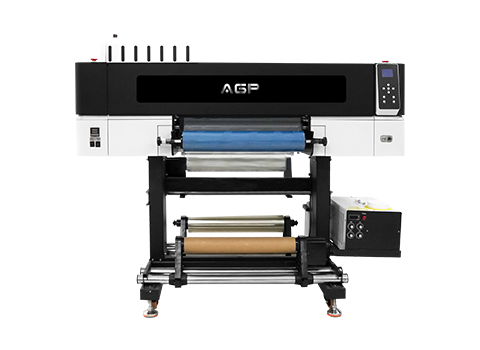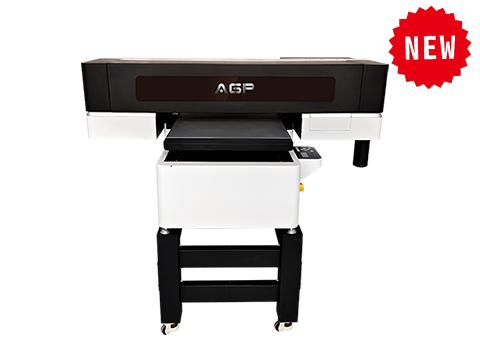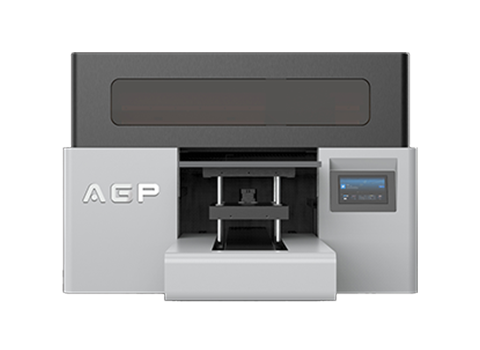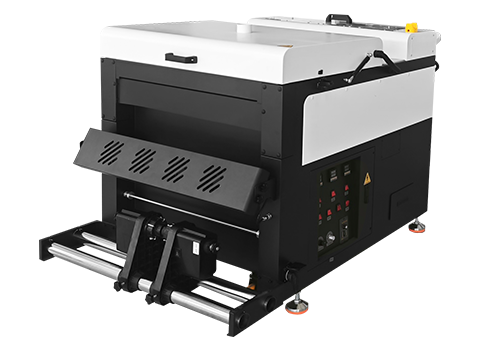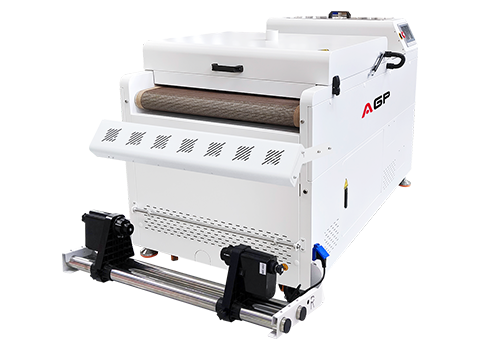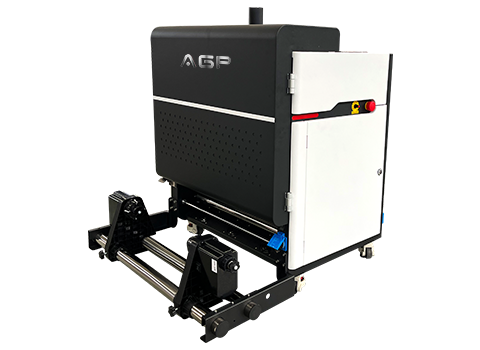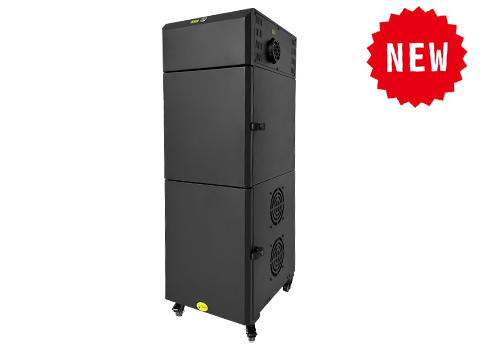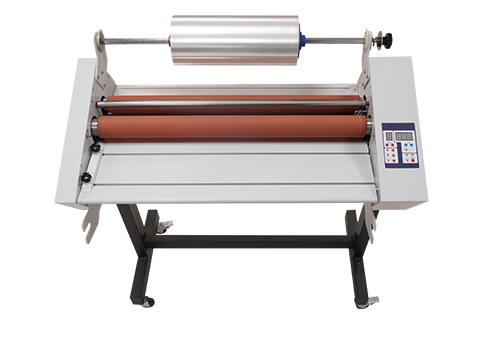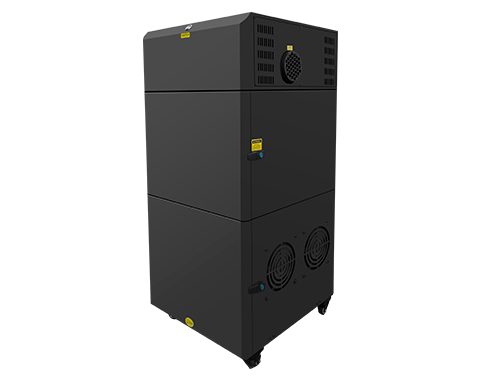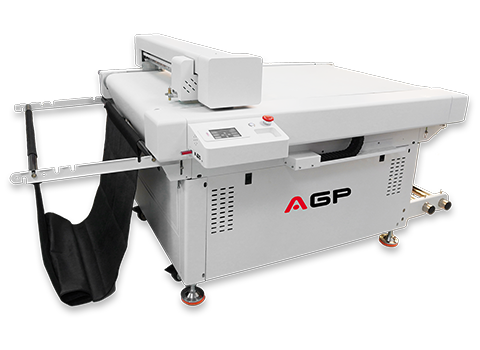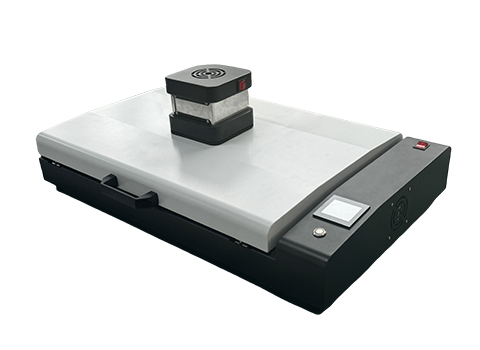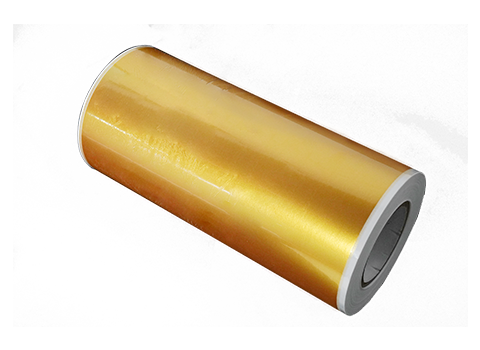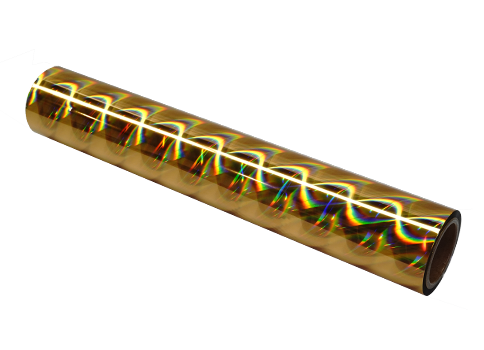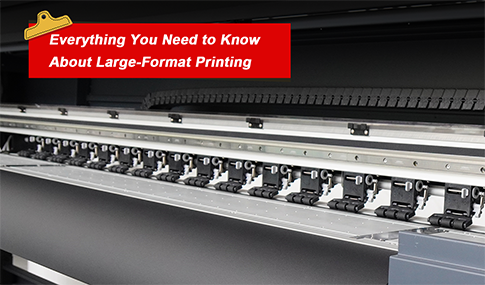DTF printing vs. sublimation: which one will you choose?
DTF printing vs. sublimation: which one will you choose?
Whether you're new to the printing industry or a veteran, I'm sure you've heard of DTF printing and sublimation printing. Both of these two advanced heat transfer printing techniques allow for the transfer of designs onto garments. In recent years, with the popularity of these two printing technologies, there has a confusion, about DTF printing or sublimation printing, what is the difference between them? Which one is more suitable for my printing business?
Well in this blog post, we're going to take a deep dive into DTF printing and sublimation printing, exploring the similarities, differences, advantages, and disadvantages of using these two techniques. Here we go!
What is DTF printing?
DTF printing is a new type of direct-to-film printing technology, which is simple to operate. The entire printing process requires the use of DTF printers, powder-shaking machines, and heat press machines.
This digital printing method is known for producing durable and colorful prints. You can think of it as a technological advance in digital printing, with a wider range of fabric applicability compared to the more popular direct-to-clothing (DTG) printing available today.
What is sublimation printing?
Sublimation printing is a full-color digital printing technology that uses sublimation ink to print patterns on sublimation paper, then uses heat to embed the patterns into fabrics, which are then cut and sewn together to produce garments. In the field of on-demand printing, it is a popular method for creating full-width printed products.
DTF printing vs. sublimation printing:what are the differences
After introducing these two printing methods, what are the differences between them? We will analyze them for you from five aspects: printing process, printing quality, scope of application, color vibrancy, and advantages and disadvantages of printing process!
1.Printing process
DTF printing steps:
1. Print the designed pattern on the dtf transfer film.
2. Use a powder shaker to shake and dry the transfer film before the ink dries.
3. After the transfer film dries, you can use a heat press to transfer it.
Sublimation printing steps:
1. Print the pattern onto special transfer paper.
2. The transfer paper is placed on the fabric and a heat press is used. The extreme heat turns the sublimation ink into gas.
3. The sublimation ink combines with the fabric fibers and the printing is complete.
From the printing steps of the two, we can see that sublimation printing has one less powder shaking step than DTF printing, and after printing is completed, the thermal sublimation ink will evaporate and penetrate into the surface of the material when heated. DTF transfer has an adhesive layer that melts and adheres to the fabric.
2.Printing quality
The quality of DTF printing allows for the finest details and vibrant colors on all types of fabrics and both dark and light-colored substrates.
Sublimation printing is a process of transferring ink from paper to fabric, so it builds a photo-realistic quality for the application, but the colors are not as vibrant as expected. On the other hand, with sublimation printing, white cannot be printed, and the colors of the raw materials are limited to light-colored substrates.
3.Scope of application
DTF printing can print on a wide range of fabrics. This means polyester, cotton, wool, nylon, and their blends. Printing is not limited to specific materials, allowing for printing on more products.
Sublimation printing works best with light-colored polyester, polyester blends, or polymer-coated fabrics. If you want your design printed on natural fabrics like cotton, silk, or leather, sublimation printing is not for you.
Sublimation dyes adhere better to synthetic fibers, so 100% polyester is the best fabric choice. The more polyester in the fabric, the brighter the print.
4.Color vibrancy
Both DTF and sublimation printing uses four primary colors for printing (called CMYK, which is cyan, magenta, yellow, and black). This means that the pattern is printed in bright, vivid colors.
There is no white ink in sublimation printing, but its background color limitation affects the color vividness. For example, if you do sublimation on black fabric, the color will fade. Therefore, sublimation is usually used for white or light-colored clothing. In contrast, DTF printing can provide vivid effects on any fabric color.
5.Pros & Cons of DTF Printing, Sublimation Printing
Pros and Cons of DTF Printing
Pros List of DTF Printing:
Can be used on any fabric
Used for darts and light clothing
Highly accurate, vivid, and exquisite patterns
Cons List of DTF Printing:
The printed area is not as soft to the touch as with sublimation printing
The patterns printed by DTF printing are not as breathable as those printed by sublimation printing
Suitable for partial decorative printing
Pros List of Sublimation Printing:
Can be printed on hard surfaces such as mugs, photo boards, plates, clocks, etc.
The printed fabrics are soft and breathable
Ability to manufacture a wide range of fully printed cut-and-sew products on an industrial scale using large format printers
Cons List of Sublimation Printing:
Limited to polyester garments. Cotton sublimation can only be achieved with the help of sublimation spray and transfer powder, which adds additional complexity.
Limited to light-colored products.
DTF printing vs. sublimation: which one will you choose?
When choosing the right printing method for your printing business, it is important to consider the specific characteristics of each technology. DTF printing and sublimation printing have their advantages and are more suitable for different types of materials. When choosing between these two methods, consider factors such as your budget, required design complexity, fabric type, and order quantity.
If you are still deciding which printer to choose, our experts (from the world's leading manufacturer: AGP) are ready to provide professional advice on your printing business, guaranteed to your satisfaction!
Back
Whether you're new to the printing industry or a veteran, I'm sure you've heard of DTF printing and sublimation printing. Both of these two advanced heat transfer printing techniques allow for the transfer of designs onto garments. In recent years, with the popularity of these two printing technologies, there has a confusion, about DTF printing or sublimation printing, what is the difference between them? Which one is more suitable for my printing business?
Well in this blog post, we're going to take a deep dive into DTF printing and sublimation printing, exploring the similarities, differences, advantages, and disadvantages of using these two techniques. Here we go!
What is DTF printing?
DTF printing is a new type of direct-to-film printing technology, which is simple to operate. The entire printing process requires the use of DTF printers, powder-shaking machines, and heat press machines.
This digital printing method is known for producing durable and colorful prints. You can think of it as a technological advance in digital printing, with a wider range of fabric applicability compared to the more popular direct-to-clothing (DTG) printing available today.
What is sublimation printing?
Sublimation printing is a full-color digital printing technology that uses sublimation ink to print patterns on sublimation paper, then uses heat to embed the patterns into fabrics, which are then cut and sewn together to produce garments. In the field of on-demand printing, it is a popular method for creating full-width printed products.
DTF printing vs. sublimation printing:what are the differences
After introducing these two printing methods, what are the differences between them? We will analyze them for you from five aspects: printing process, printing quality, scope of application, color vibrancy, and advantages and disadvantages of printing process!
1.Printing process
DTF printing steps:
1. Print the designed pattern on the dtf transfer film.
2. Use a powder shaker to shake and dry the transfer film before the ink dries.
3. After the transfer film dries, you can use a heat press to transfer it.
Sublimation printing steps:
1. Print the pattern onto special transfer paper.
2. The transfer paper is placed on the fabric and a heat press is used. The extreme heat turns the sublimation ink into gas.
3. The sublimation ink combines with the fabric fibers and the printing is complete.
From the printing steps of the two, we can see that sublimation printing has one less powder shaking step than DTF printing, and after printing is completed, the thermal sublimation ink will evaporate and penetrate into the surface of the material when heated. DTF transfer has an adhesive layer that melts and adheres to the fabric.
2.Printing quality
The quality of DTF printing allows for the finest details and vibrant colors on all types of fabrics and both dark and light-colored substrates.
Sublimation printing is a process of transferring ink from paper to fabric, so it builds a photo-realistic quality for the application, but the colors are not as vibrant as expected. On the other hand, with sublimation printing, white cannot be printed, and the colors of the raw materials are limited to light-colored substrates.
3.Scope of application
DTF printing can print on a wide range of fabrics. This means polyester, cotton, wool, nylon, and their blends. Printing is not limited to specific materials, allowing for printing on more products.
Sublimation printing works best with light-colored polyester, polyester blends, or polymer-coated fabrics. If you want your design printed on natural fabrics like cotton, silk, or leather, sublimation printing is not for you.
Sublimation dyes adhere better to synthetic fibers, so 100% polyester is the best fabric choice. The more polyester in the fabric, the brighter the print.
4.Color vibrancy
Both DTF and sublimation printing uses four primary colors for printing (called CMYK, which is cyan, magenta, yellow, and black). This means that the pattern is printed in bright, vivid colors.
There is no white ink in sublimation printing, but its background color limitation affects the color vividness. For example, if you do sublimation on black fabric, the color will fade. Therefore, sublimation is usually used for white or light-colored clothing. In contrast, DTF printing can provide vivid effects on any fabric color.
5.Pros & Cons of DTF Printing, Sublimation Printing
Pros and Cons of DTF Printing
Pros List of DTF Printing:
Can be used on any fabric
Used for darts and light clothing
Highly accurate, vivid, and exquisite patterns
Cons List of DTF Printing:
The printed area is not as soft to the touch as with sublimation printing
The patterns printed by DTF printing are not as breathable as those printed by sublimation printing
Suitable for partial decorative printing
Pros and Cons of Sublimation Printing
Pros List of Sublimation Printing:
Can be printed on hard surfaces such as mugs, photo boards, plates, clocks, etc.
The printed fabrics are soft and breathable
Ability to manufacture a wide range of fully printed cut-and-sew products on an industrial scale using large format printers
Cons List of Sublimation Printing:
Limited to polyester garments. Cotton sublimation can only be achieved with the help of sublimation spray and transfer powder, which adds additional complexity.
Limited to light-colored products.
DTF printing vs. sublimation: which one will you choose?
When choosing the right printing method for your printing business, it is important to consider the specific characteristics of each technology. DTF printing and sublimation printing have their advantages and are more suitable for different types of materials. When choosing between these two methods, consider factors such as your budget, required design complexity, fabric type, and order quantity.
If you are still deciding which printer to choose, our experts (from the world's leading manufacturer: AGP) are ready to provide professional advice on your printing business, guaranteed to your satisfaction!

